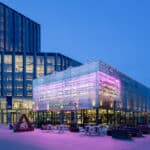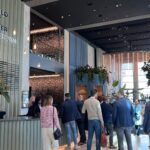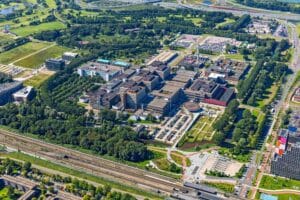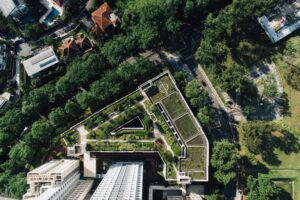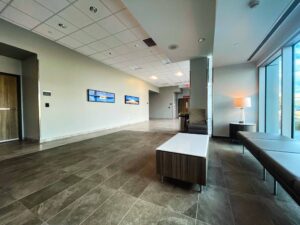
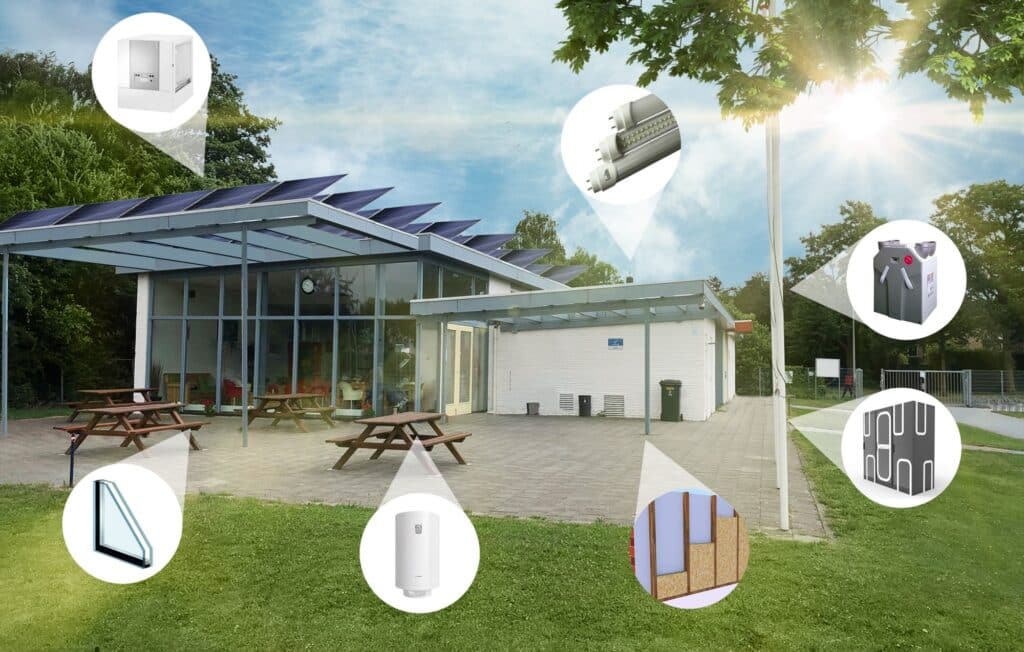
Analysis of sports clubs: the most important conclusions
How can sports clubs meet the climate targets for 2050? Knowledge centre Sport & Bewegen had CFP analyse 5 different sports locations. That analysis revealed that 4 out of 5 clubs can meet the Paris Climate Agreement, and do so very affordably with a combination of subsidies, favourable financing and the right guidance. This picture is in line with an earlier national analysis of 22,000 sports clubs.
Natural moments
The timing of the implementation of measures to make sustainability profitable is important, says Bram Adema of CFP Green Buildings. “A national baseline measurement, which we carried out among 22,000 sports clubs as a basis for our Sustainability in Sport Roadmap, showed that 80% of all sports clubs will have to carry out major maintenance in the coming years. The five in-depth analyses now confirm this picture. Scheduled maintenance is an excellent opportunity to improve insulation, install a heat pump and get solar panels up. With steps like these, sports clubs can cut their CO2 emissions by as much as 90%. By taking the sustainability steps at natural moments, you find that the extra measures do not have to cost very much extra. With existing subsidies and the right guidance, you see how increasing your sustainability pays off.”
“By screening a variety of sports clubs for sustainability, we can draw some important conclusions for application at sports clubs throughout the Netherlands.”
– Michael Poot, Knowledge Centre for Sport and Physical Activity
Going gas-free cost-effectively
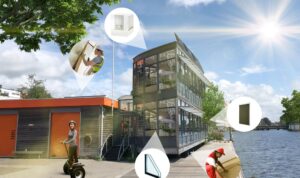
Outdoor sports facilities can become gas-free cost-effectively by combining solar panels with battery storage, the five analyses show. “That actually applies to all 4,700 outdoor sports clubs, where a lot of energy is generated during the day and consumed in the evening,” says Bram Adema. “The batteries store energy during the day and are discharged at night to power the facility. Battery storage is a relatively new innovation and is not yet widely used. That’s a missed opportunity, because batteries are a great way to handle moments of peak demand. The combination with solar panels and a heat pump makes for a cost-effective gas-free sports facility.”
Financing
Increasing sustainability often requires large investments. That’s why the analyses also looked at the financing of the measures. Sports clubs are eligible for the BOSA subsidy, a government facility for stimulating construction and maintenance of sports accommodations. With this, clubs get 30% of the costs of their sustainability measures back.
The foundation SWS (Stichting Waarborgfonds Sport) also offers a number of potential financing guarantees, so that sports clubs can obtain financing at low interest rates and attractive conditions for measures to increase their sustainability. Even with financing, four of the five sports facilities analysed can implement sustainability measures with a positive cash flow. This is also largely true at the national level, although it also depends on equity, the required financing and the desired savings.
“The earn-back time per measure can vary enormously,” says Bram Adema. “That’s why it’s important to look not only at individual measures, but at the big picture. On the way to 95% CO2 reductions, every possible measure is important. Some make money, some cost money. But they are all needed to achieve the climate targets. Our calculations show that sports clubs can take the steps to become more sustainable cost-effectively, and without higher net costs.”
One out of five sports clubs would have higher financing costs than the savings. In these cases, financing from the organisation’s own resources is more favourable. Some accommodations indicate that they want to invest not only in CO2 reductions, but also in increasing the comfort of their members. To future-proof themselves not only in terms of climate objectives but also in terms of member needs.
Getting down to it

Increasing sustainability in a cost-effective way depends on guidance on planning and implementing the measures. Because implementing the right measures at the right time makes all the difference when it comes to the earn-back potential. The online tool Sport NL Groen helps sports facilities gain the right insights, and CFP offers several advisory packages to help sports clubs navigate their way to sustainability. “Our advisers not only help you to compare measures, but also to draw up the plan, to ask for and assess offers and to implement the new techniques,” says Michael Poot. “That’s the strength of our packages: they help you go further than just an advice report. They help the sports club/club take steps in the right direction.”
More information
Do you want to know how you perform compared to other sports clubs or do you want to know more about the cost-effective way to become a more sustainable sports club? Then take a look at Sport NL Groen (NL) or contact us.

